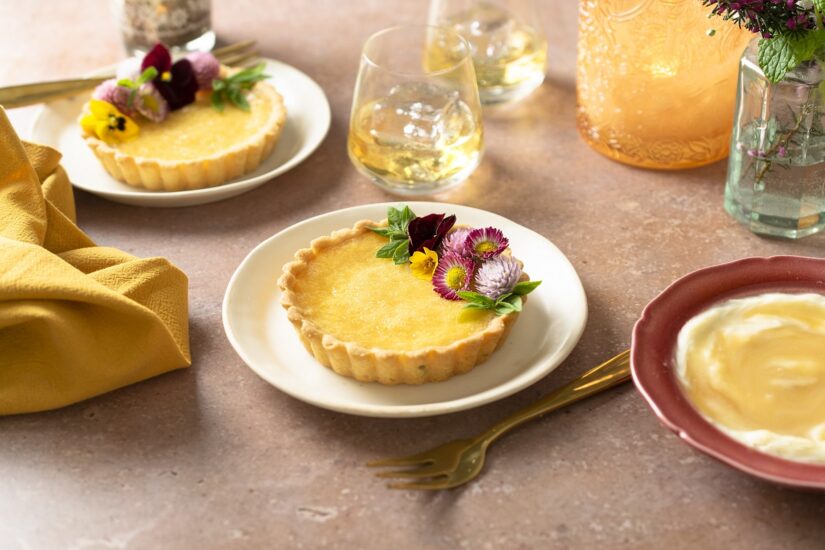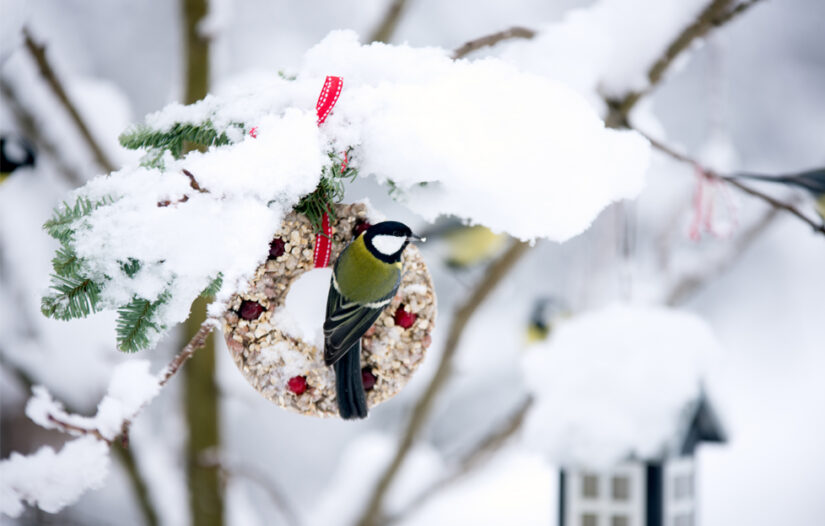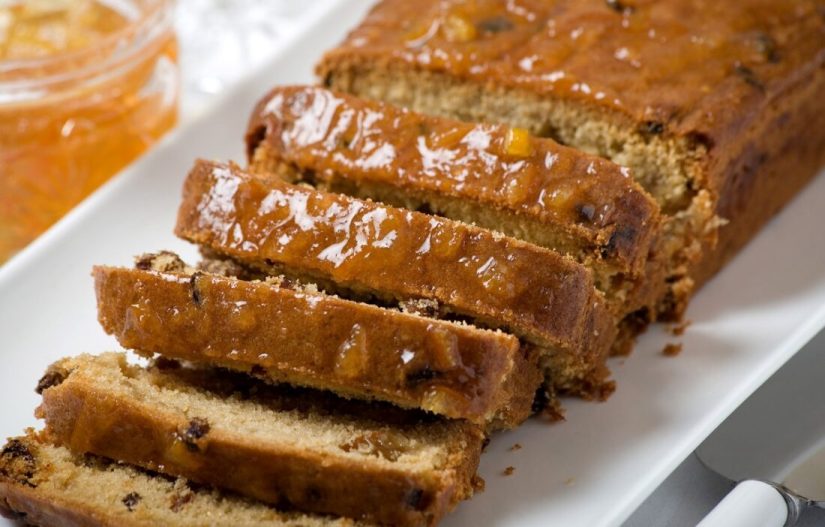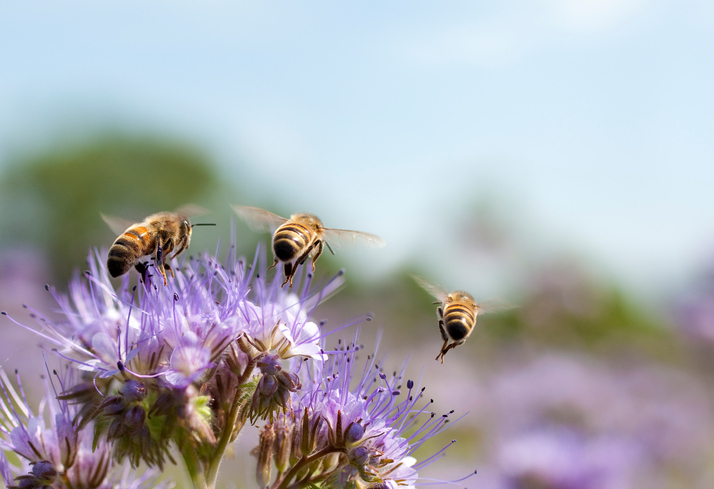
Welcome bees into your garden with the right choice of flowers, John Stoa advises on World Bee Day.
Bees play a crucial role in the production of our food and flower crops. Most of our food crops and flowering plants need ample bees and other flying insects to pollinate them.
Bees have been in the news a lot in recent years as the numbers of some species are in serious decline, but there are a number of ways you can help!
A Good Variety
Bees derive their protein and nutrients from pollen, and their carbohydrate from nectar. And just as we are encouraged to eat at least five or more fruits and vegetables a day, they also need a varied diet.
In the past there was a huge variety of wild flowers rich in different types of nectar and pollen, but farmers have cleaned up the land and field boundaries and killed off most of these wild flowers, and urban expansion has also eliminated areas of weeds (wild flowers).
Roadside verges have also been mown too frequently in the past. This trend is reversing now, thankfully, and new verges and motorway embankments are now being sown with wild flower mixtures.
A bee’s life is not easy in a world dominated by humans. But our future depends on their good health.
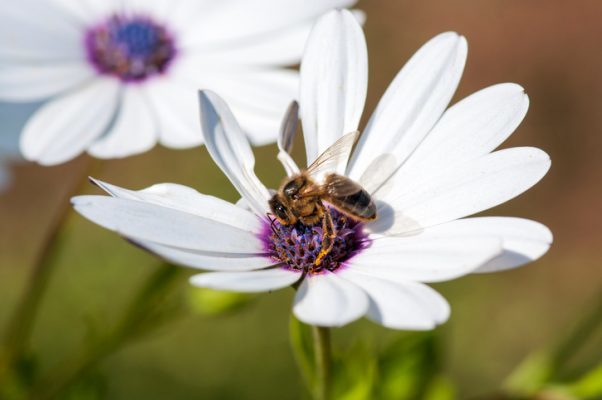
Best For Bees
It helps bees if we can provide a wide range of flowers that they can use for pollen and nectar collecting. Apples, plums and pears all need pollinating so bees should be encouraged into the garden. Poppies, lavender, heathers, pyracantha, fuchsias, ceanothus, berberis and numerous other plants all attract bees.
A neighbour’s unkempt garden full of weeds including willowherb, nettles, dandelions, dockens and ragwort may not be very attractive, but the bees just love these wild flowers, and probably prefer a garden where nature has taken over.
You can buy wild flower seed mixtures to add into alpine meadows, pastures and hedgerows or other wild garden areas.
These just need simple management so the seeds don’t become a nuisance to neighbours!

